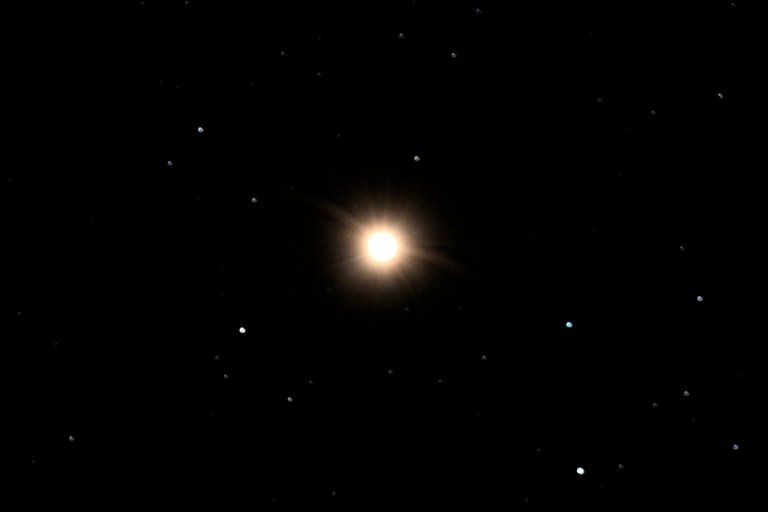
Jupiter: The largest planet in the solar system, here showing 3 of the 4 Galilean moons
Continuing on from yesterday's post I wanted to show you guys how I got on photographing the planets in our solar system.
In 1610 Galileo Galilei the Italian astronomer peered through his telescope (which by the way was about as powerful as some binoculars you use today) and discovered 3 strange looking stars surrounding Jupiter. Later on after more observations he discovered a 4th. After much debate he concluded that they were the 4 moons of Jupiter. These 4 moons you can still see today orbiting Jupiter through a regular pair of binoculars from your back garden. He can be forgiven for thinking there were only 4 moons with the technology he had over 400 years ago, but in fact Jupiter has up to 80 moons orbiting it.

Saturn: Saturn, the furthest planet away you can see with the naked eye
The other delight to see through a telescope is of course Saturn and its rings that shine so brightly. Saturn's 7 rings are mainly made up of ice, rock and dust particles.

Mars: The red planet glowing in the night's sky
Mars was the third planet I photographed which glowed a warm red, living up to its name "the red planet." due to the oxidation on the martian surface.
That's just great. I can watch them with naked eye. I hope I will see them through a telescope one day.